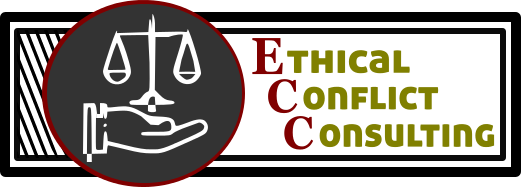On Social Violence: The sociological studies and the U.S. criminal justice system
Some people act violently against others. This violence can be either planned or unplanned, impulsive or resulting from drugs or violent tendencies. Oftentimes this violence results in injuries to people, animals, destruction of property and death.
Also, some violent people are not penalized for their wrongdoings after they act violently, destructively and murderously.
In social dominance sociology, the people with tendencies of evading legal penalties are the dominant status groups who can be identified in each society as having a relatively small population size in the prison system in comparison to their population size at large in the society. In the United States, whites or people of European descent and the wealthy compose most the high-status groups.
Oftentimes violence is mostly focused at home for some people (domestic violence). Other times violence is outside of the home, at the workplace or in public (social violence).
There are some social groups that also act violently, whether it is against a government, a business, a gender, racial or religious group etc.
The social violence that is caused by organized social groups acting violently is of great importance for a society to reduce. Generally, such reductions require increases of fairness and safety.
Violence seemingly ruins peoples’ lives across the planet every moment and shatters others’ expectations for future endeavors. Violence ruins economies and causes “brain drain” when intellectuals flee the region with greater frequencies or intensities of violence.
Violence can be frequent in a region, such as El Salvador, Jamaica and Honduras, or cities, such as Kansas City, USA and San Salvador. In the country of El Salvador, which is one of the most violent nations, the MS-13 and Barrio 18 with other gangs totaling tens of thousands of gang members at large and several thousand in prison as well as over 50,000 youth gang members are increasing violence with organized crime.
Understanding violence within any society requires an understanding of the systems that both reduce and increase violence, dominance, and subordination.
One system from which we can know more about violence is a legal system and its subsystem called the “penal system” or “criminal justice system.” Of course, there are organized efforts to stop violence and to prevent and deter violence, which are made by the law.
The police, FBI, and other law enforcement agencies are reducers of violence. Just their existence may deter violence from smaller groups that are organizing and individuals.
However, the law also uses violence and threatens violence against others. Moreover, the law is sometimes terribly unfair and ruins peoples’ lives every moment somewhere around the Earth. The law sometimes ruins others’ expectations for completing their goals. It even unfairly prevents groups from reaching their objectives.
These are the major conflicts in societies, especially among those groups that are subordinated, because the law is both a reducer of violence and an implementer of violence that terrifies people. The people who are terrified the most of the law are the low-status or subordinate groups.
Social dominance sociology argues strongly that subordinate groups in any society are easily identifiable as the groups with very large prison populations in comparison to their population sizes at large. In America, the lower socio-economic classes as well as black and native men compose large portions of the U.S. prison population and the private prison populations.
Decades ago, researchers investigated the sociology of imprisonment of high-status in comparison to low-status groups. They have done so in multiple legal systems and now have detailed accounts from many countries around the world. The commonalities in mistreatment is striking. Sidanius and Pratto (1999b, p. 202; Brant, 2019, 168) are experts in this research and write:
If, on their first visit to Earth, extraterrestrial beings wanted some quick and easy way to determine which human social groups were dominant and subordinate, they would merely need to determine which groups were over- and underrepresented in societies’ jails, prison cells, dungeons, and chambers of execution. As we look around the world and across human history, we consistently see that subordinates are prosecuted and imprisoned at substantially higher rates than dominants. The disproportionate imprisonment of subordinates can be seen across a wide variety of cultures and nations, including the Maori of New Zealand, the Aborigines of Australia, Native Americans in the United States and Canada, native Algerians under the French occupation, Caribbean immigrants in England, foreign immigrants in the Netherlands and Sweden, the Lapps of Finland, the Burakumin and Koreans of Japan, the Tutsi of Rwanda and Zaire, and the Arabs of Israel, just to name a few.
Bibliography
Brant, William Allen. (2019). Beyond Legal Minds: Sex, Social Violence, Systems, Methods, Possibilities. Leiden: Brill ¦ Rodopi.
Sidanius, J. & Pratto, F. (1999). Social dominance: An intergroup theory of social hierarchy and oppression. New York: Cambridge University Press.
Citation of this article: Brant, William Allen. (2021). On Social Violence: The sociological studies and the U.S. criminal justice system. Ethical Conflict Consulting.
